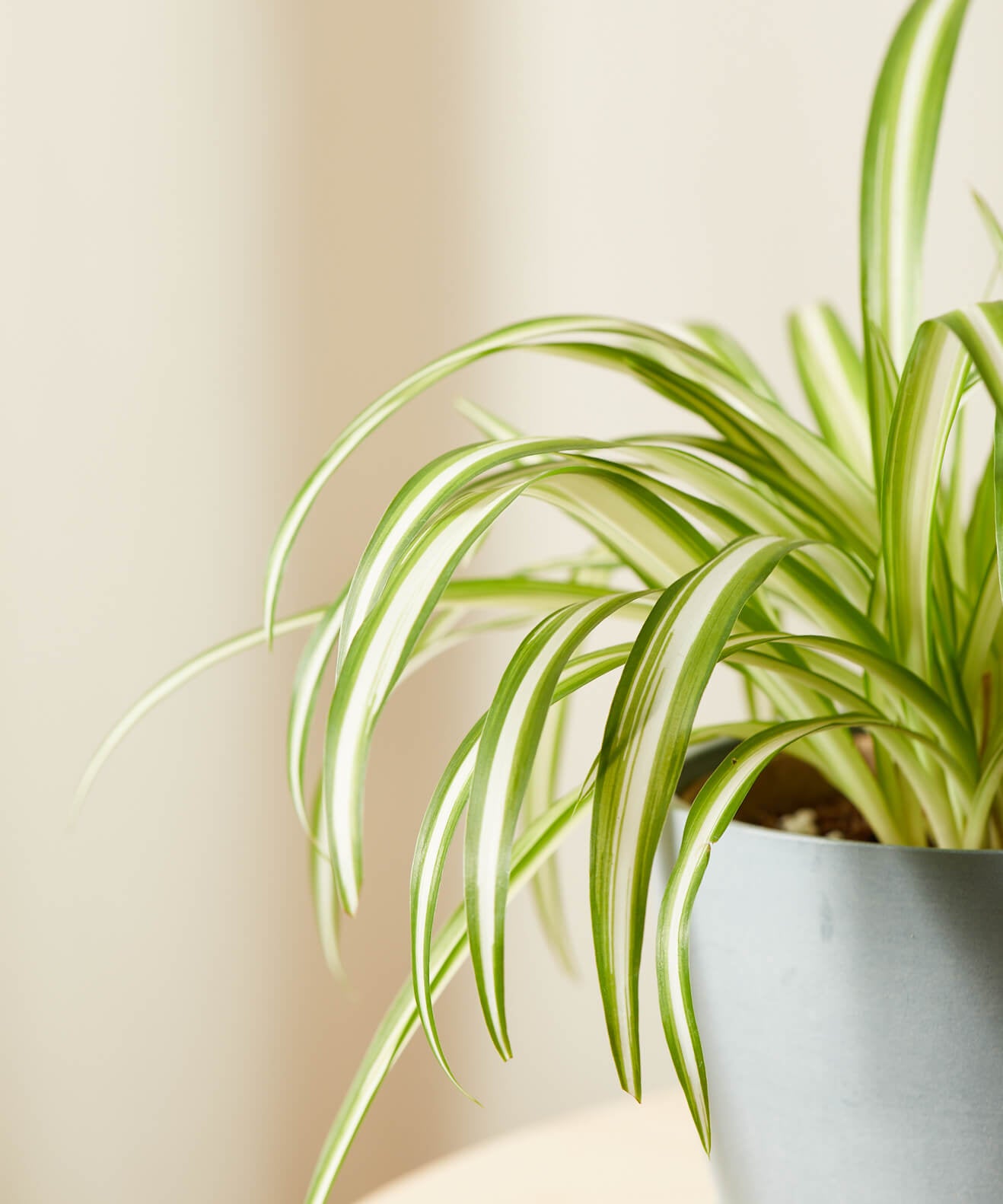1
/
of
1
PHA Commercial Nursery
Spider Plant Variegated | Chlorophytum
Spider Plant Variegated | Chlorophytum
Regular price
Rs.450.00 PKR
Regular price
Sale price
Rs.450.00 PKR
Unit price
/
per
Shipping calculated at checkout.
Couldn't load pickup availability
The spider plant (Chlorophytum comosum) is a popular, low-maintenance houseplant known for its attractive, arching leaves and easy care requirements. Here’s some essential information about it:
1. Appearance
- Leaves: The plant has long, narrow, and arching green leaves, often variegated with white or yellow stripes running down the center.
- Flowering: Small, white, star-shaped flowers appear on long, arching stems, but the plant is most famous for its "babies" or offshoots.
- Offshoots: These are the small, plantlets that form on the ends of long stems. They resemble small spider-like plants, hence the name "spider plant."
2. Growth Habit
- Size: Typically grows to about 12–15 inches (30–38 cm) tall and can spread up to 24 inches (61 cm) wide.
- Propagation: Spider plants are easy to propagate through their offshoots (baby plants), which can be rooted in water or soil.
3. Care Requirements
- Light: Prefers bright, indirect light but can tolerate low light conditions. Direct sunlight can scorch its leaves.
- Watering: It prefers evenly moist soil, but allow the top inch or so to dry out before watering again. Overwatering can lead to root rot.
- Soil: Well-draining potting mix is ideal, such as a general-purpose mix or one designed for houseplants.
- Temperature: Thrives in average room temperatures (60–75°F or 15–24°C). Avoid cold drafts.
- Humidity: It does well in average household humidity but benefits from occasional misting.
4. Toxicity
- Non-toxic to pets: Spider plants are generally safe for pets (cats and dogs), making them a great choice for homes with animals.
5. Benefits
- Air-purifying: Spider plants are known for their ability to improve indoor air quality by removing toxins like formaldehyde and xylene.
- Easy care: Perfect for beginners due to their forgiving nature.
6. Common Problems
- Brown tips: This can be due to overwatering, underwatering, or fluoride sensitivity in tap water. Use distilled or non-fluoridated water if possible.
- Pests: While generally pest-resistant, spider plants can occasionally attract aphids, scale, or spider mites, particularly if grown in dry air.
7. Maintenance
- Pruning: Trim off dead or yellowing leaves and spent flower stems to keep the plant looking tidy.
- Repotting: Spider plants grow quickly and may need repotting every 1–2 years to avoid becoming root-bound.
8. Varieties
- There are several varieties of spider plants, including:
- Variegated types: These have green leaves with white or yellowish stripes.
- Solid green varieties: These are entirely green, with no variegation.
In conclusion, spider plants are hardy, attractive, and easy to grow. Their air-purifying qualities and pet-friendly nature make them an excellent addition to any home.
Share


